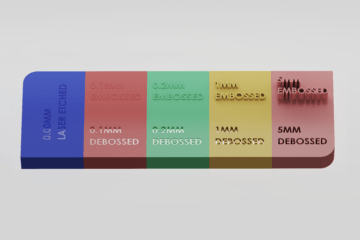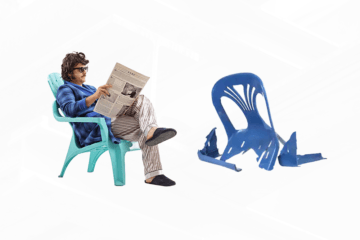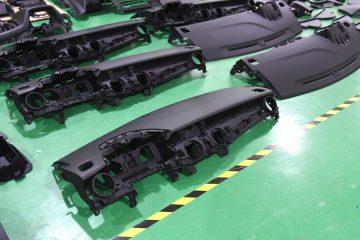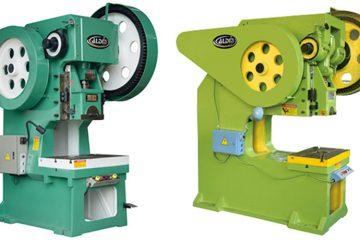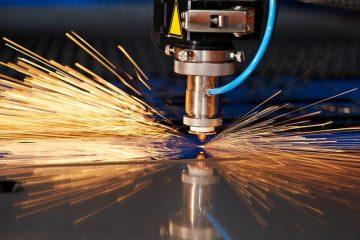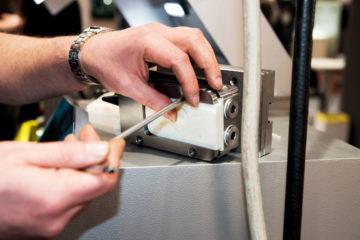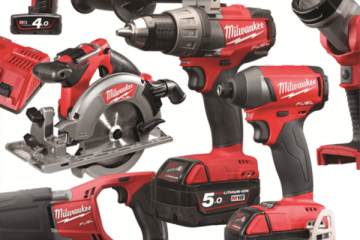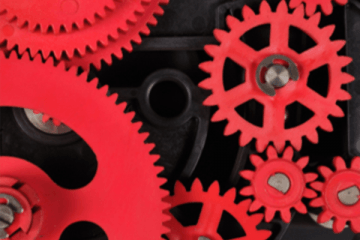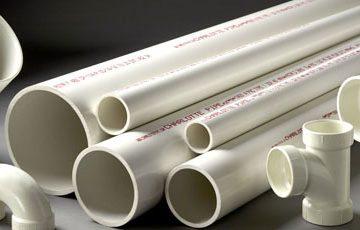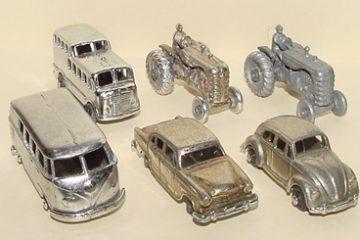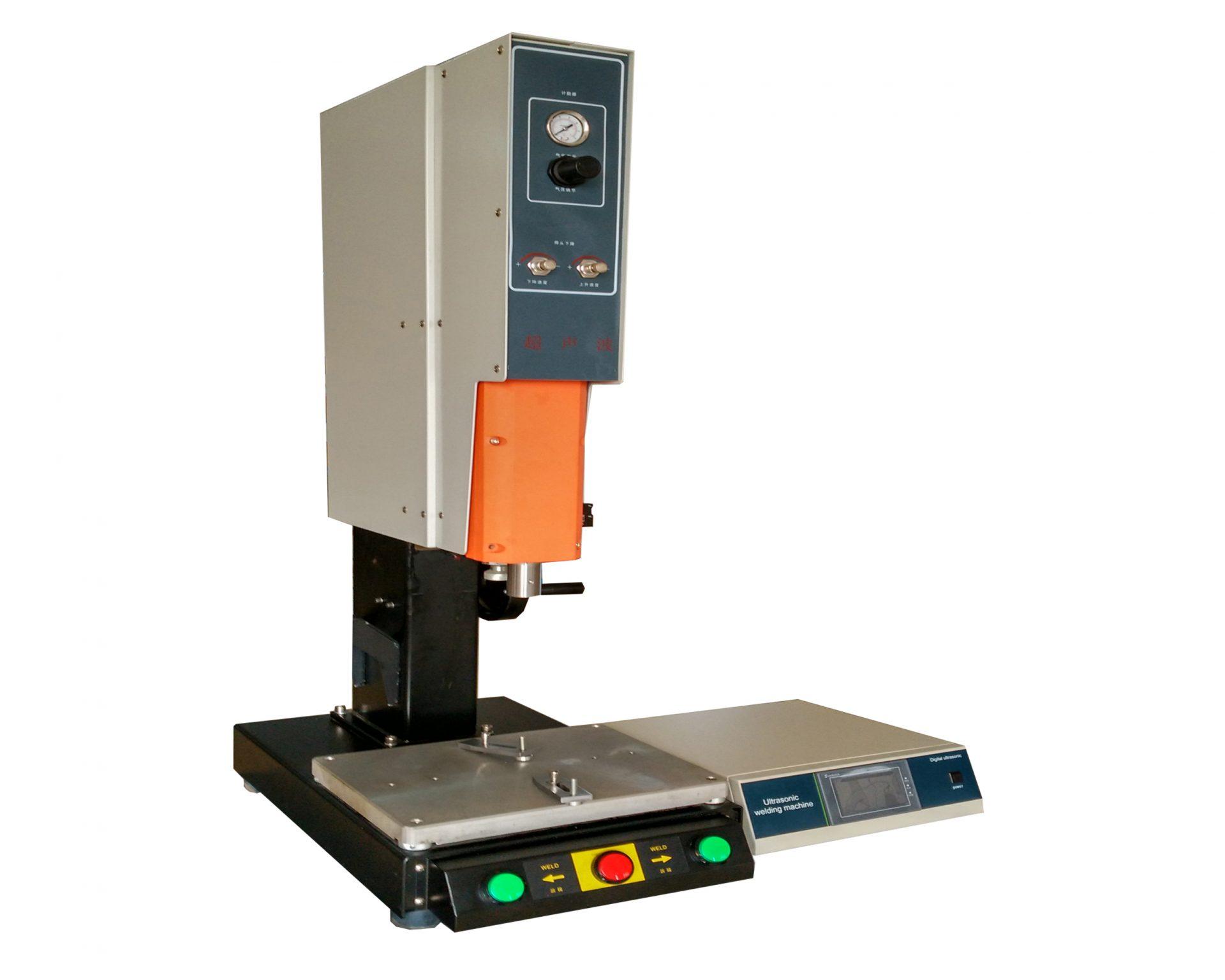
How does an Ultrasonic welder work? An Ultrasonic welder is a machine that uses kinetic energy from vibrations to heat and melt plastic together. The basic process comes down to a vibration frequency, measured in hertz, directing energy onto a section of the 2 parts you want to weld together.
This often gives a better bond than glue as the part, is heated to it’s melting point, then pressed into one another. The melted plastic then must harden and set, joining the 2 parts together. The benefits of this process are that it’s made without additional adhesives, screws or soldering materials to bind the parts together. This simplifies the assembly process and usually the weld provides a better seal and is as strong as the other methods.
The parts that are being welded are placed between the nest (commonly known as the anvil) and the sonotrode (commonly known as the horn). Both the horn and the nest is usually made from aluminium or titanium. The sonotrode is the connected to a transducer which emits the acoustic vibration. This vibration flows from the transducer, down the horn, and onto the part that is being welded. The frequency of the vibration can range from 15kHz all the way up to 70kHz.
The part design is usually critically. That part that contacts the horn, usually has a triangular lip that is protruding from the face that is being welded. The other part, that is contact with the nest, is held still and has a small groove that meets the protruding lip on the other part. The energy is concentrated into this lip, which is then heated and melted by the vibrations, and at a certain point this lips’ structure collapses and fills the groove with molten plastic.
Ultrasonic welding is usually highly automated, however there can be ultrasonic welding presses that are hand loaded. The usual components of any basic ultrasonic welder are a converter or piezoelectric transducer, which creates the vibrations from electricity. This vibration is usually amplified mechanically using a booster. The vibration is directed onto the target parts using a horn and anvil. There is also controller unit, controlling the movement of the press which can be pneumatically or electrically driven up and down, to clamp the parts together once the weld has become molten. The whole unit is powered by a power supply, which also generates the power for the transducer at the correct frequency.
If you’d like to learn more about ultrasonic welding or if your parts need to be ultrasonically welded, please don’t hesitate to contact us about a free 1-hour meeting.
Subscribe to Our Newsletter
Get the latest news from Dienamics into your inbox






